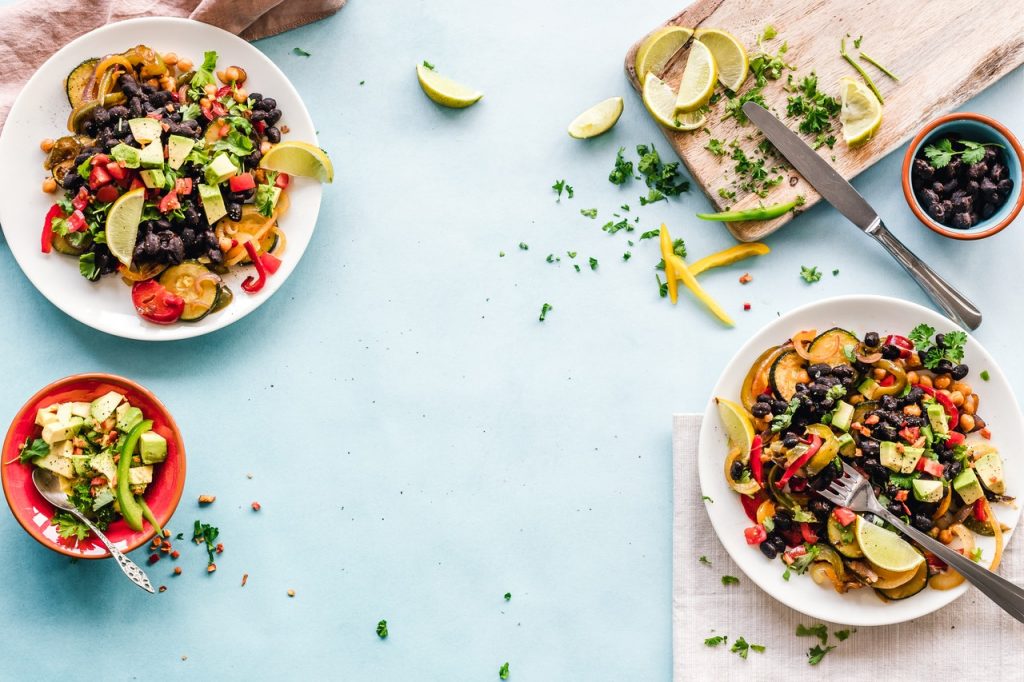If you have a small kitchen or a shared cooking space, you may also have limited kitchen storage.

Here are some of the essential things you may need to make the most of your space and cooking:
- Microwave-safe nested mixing bowls
- Baking dish
- Sheet pan
- Three-quart pot
- Small fry pan
- Cutting board
- Sharp knives and at least one paring knife
- Liquid and dry measuring cups
- Measuring spoons
- Rubber spatula
- Whisk
- Tongs
- Can and bottle opener
- Small hand grater
- Colander
If your living space doesn’t come equipped with an oven or stove top, you might consider buying a toaster oven, hot plate, and/or countertop grill, all of which can be great tools for saving space and preparing small meals quickly.
Crock pots or slow cookers are also useful for a busy lifestyle. Just throw all of your ingredients in the pot before you leave in the morning, let them cook and simmer throughout the day, and when you come home around dinner time your meal will be ready to serve!
Always refer to the manufacturer’s instructions before using a new cooking appliance, making sure to follow the safety guidelines as well as safe food-handling recommendations.
Baking– Cooking in a closed oven by circulating dry heat.
Roasting– Roasting can be a good choice for meats or hardy vegetables. Roasting cooks through the dry heat circulation in a closed oven, but usually requires a higher temperature than baking.
Grilling vs Broiling– When grilling, the source of heat is below the food being cooked. Broiling is very similar to grilling but the source of heat is above the food. Both grilling and broiling require special attention to avoid charring.
Marinating– The process of soaking foods in a seasoned, often acidic, liquid before cooking. It is commonly done to flavor foods or to tenderize tougher cuts of meat.
Boiling– Cooking in boiling water or liquid.
Steaming– Cooking in a small amount of boiling liquid in a covered pan, using a steaming device.
Sauteing– Cooking food in a shallow pan over relatively high heat.


